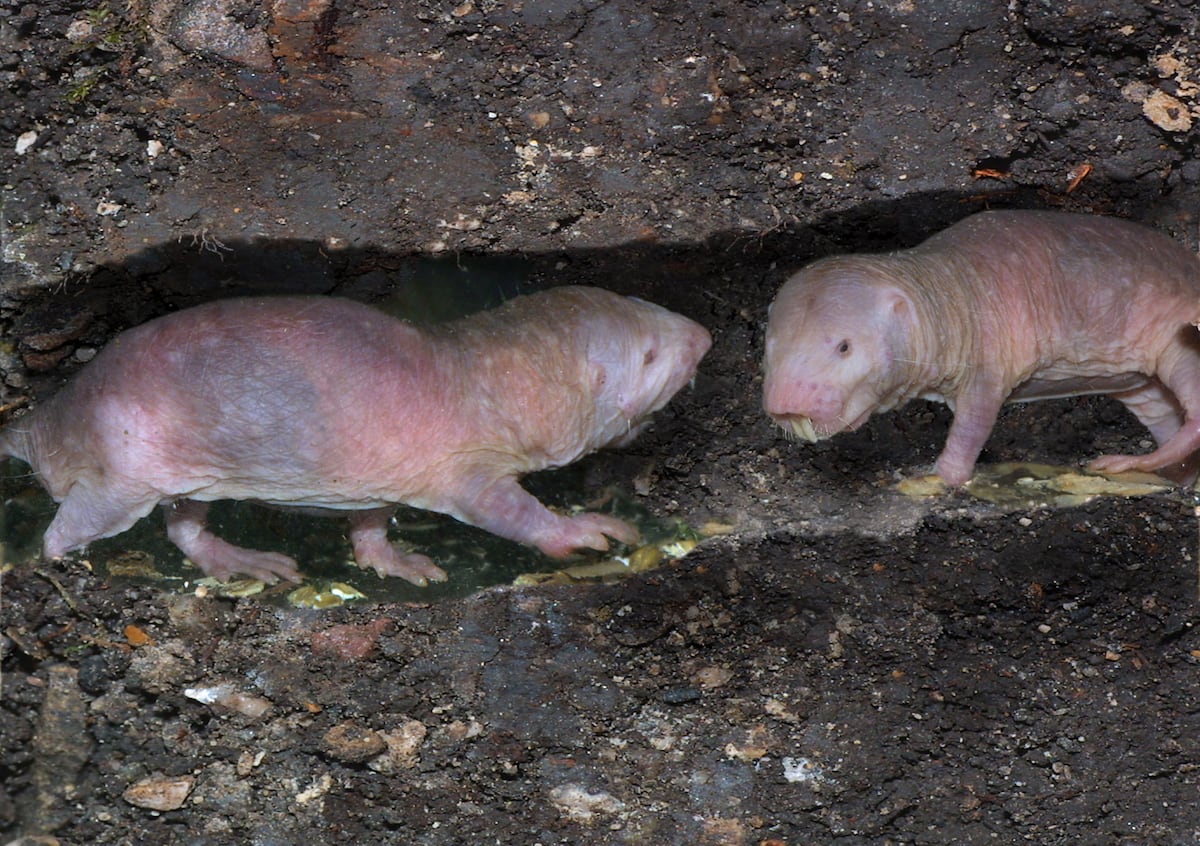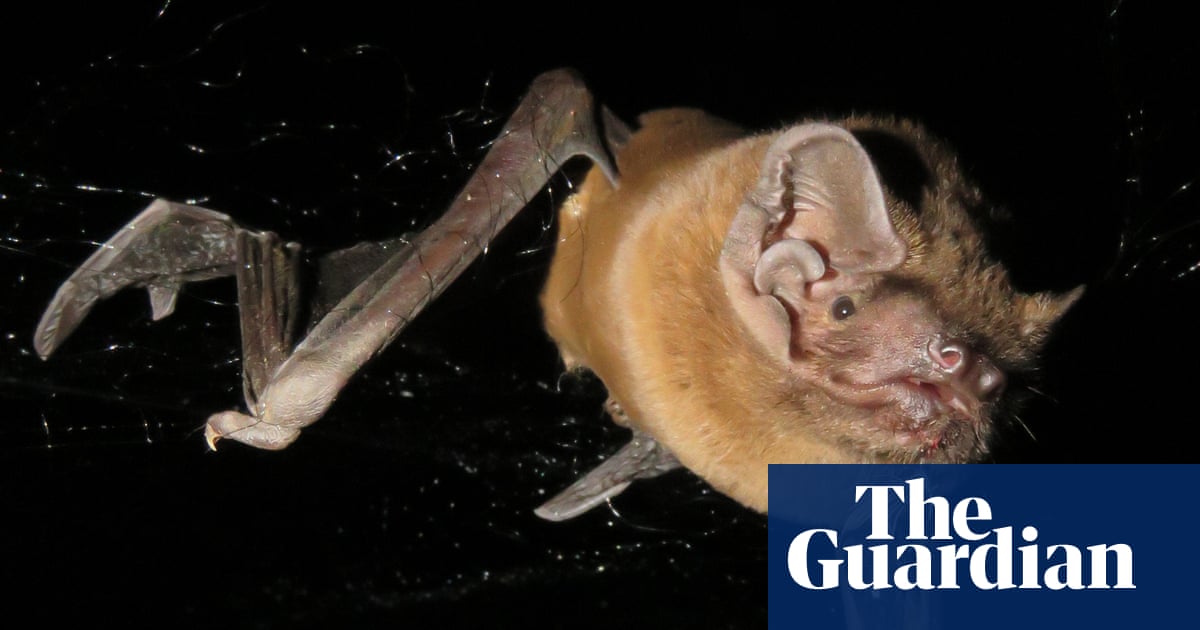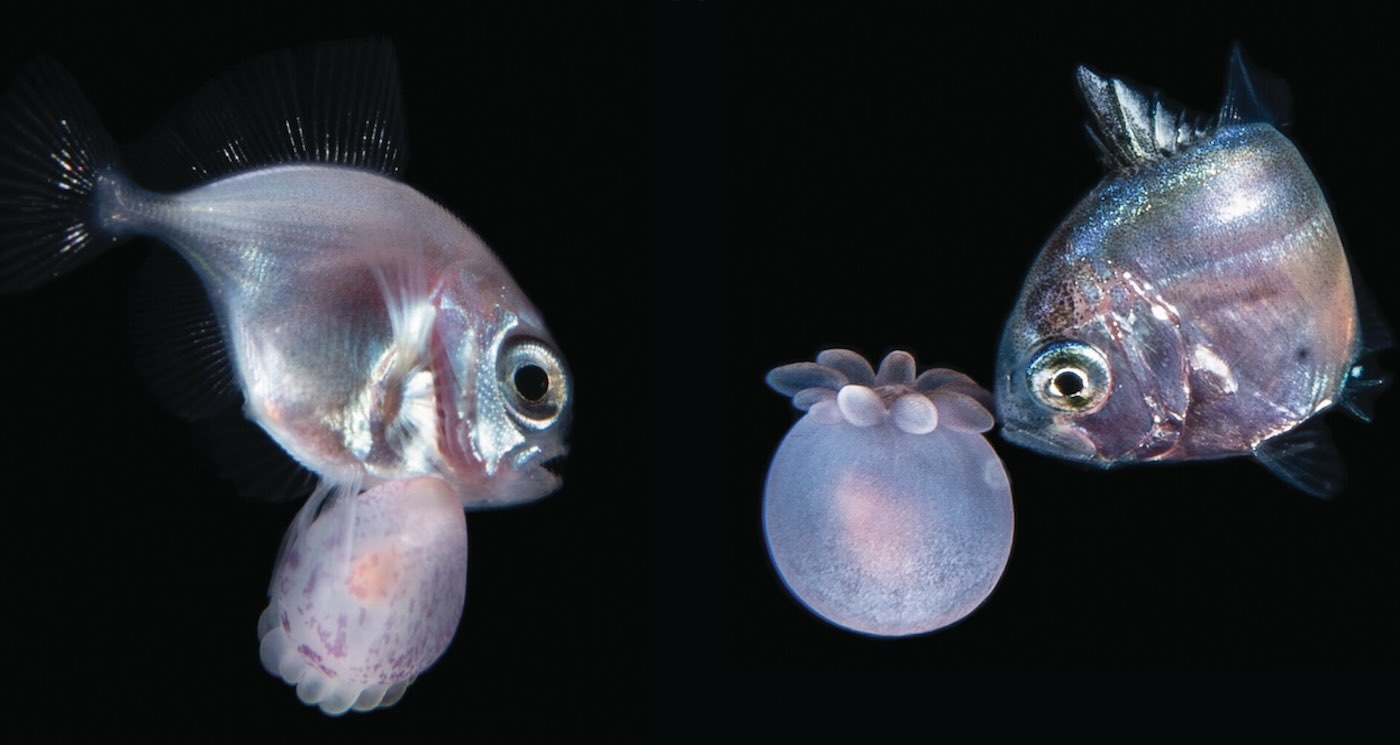Scientists Uncover Shocking Truth Behind Bearded Dragons' Gender Secrets!

Have you ever wondered how some reptiles can change their gender based on temperature? In a groundbreaking study, scientists have unveiled the remarkable secrets of how bearded dragons determine their sex, and the implications of this discovery could redefine our understanding of biology!
Two independent research teams have successfully published nearly complete reference genomes of the central bearded dragon (Pogona vitticeps), a lizard species that thrives across central eastern Australia and is a popular pet across Europe, Asia, and North America.
What makes these dragons particularly fascinating is their unique dual mechanism of sex determination. Unlike most animals that rely solely on their chromosomes, these reptiles' sex is influenced not only by their genetic makeup but also by the temperature at which their eggs are incubated. This unusual approach has turned bearded dragons into a critical model for understanding sex determination in various species.
Thanks to advancements in genome sequencing technologies, scientists have pinpointed a specific region of the genome and identified a likely master sex-determining gene linked to male development. The fact that two separate teams reached this conclusion using different methods adds substantial credibility to the discovery.
In the case of bearded dragons, both genetic and environmental factors play a pivotal role in shaping sex. Unlike most species where chromosomes solely dictate gender, these lizards can override their genetic blueprints under certain conditions. Remarkably, eggs with male chromosomes can hatch into fully functional females if subjected to high incubation temperatures.
The sexual differentiation process in bearded dragons relies on a ZZ/ZW chromosome system: males possess two matching ZZ chromosomes, while females carry one Z and one W chromosome. This dynamic becomes even more complex as genetically male ZZ individuals can still develop into females if incubated at warm temperatures, independent of the W chromosome.
Recent progress in ultra-long nanopore sequencing technology has allowed researchers to construct the sex chromosomes from end to end (T2T), facilitating clearer identification of non-recombining regions that play a significant role in sex determination. This method also enables scientists to distinguish between maternal and paternal genome versions, fostering direct comparisons between Z and W chromosomes to uncover functional differences that might explain sex control in these reptiles.
The first genome was sequenced by researchers from BGI, Chinese Academy of Sciences, and Zhejiang University, utilizing a combination of DNBSEQ short-reads and long-reads from the new CycloneSEQ nanopore sequencer. This marked the first animal genome published using this cutting-edge technology. Meanwhile, the second genome was led by scientists from the University of Canberra with support from Bioplatforms Australia, the Australian Research Council, and PacBio Singapore, alongside contributions from various Australian institutions and a Spanish university. This assembly employed PacBio HiFi, ONT ultralong reads, and Hi-C sequencing, allowing for a robust analysis.
By publishing reference genomes derived from two different technologies, researchers can now conduct like-for-like comparisons for the first time. Both teams aimed to delve into the sex determination question through distinctive approaches, with the BGI team sequencing a ZZ male dragon and the Australian team focusing on a female ZW individual. The nanopore sequencer successfully recovered approximately 124 million base pairs of previously unidentified sequences, shedding light on several genes and regulatory elements crucial for understanding the complex sex determination system.
A major breakthrough from these projects is the identification of genetic elements fundamental to male sexual differentiation in vertebrates. The genes Amh (Anti-Müllerian hormone) and its receptor AMHR2 were identified as key candidates for the master sex-determining gene in this species. The discovery of a potential master gene akin to the Sry gene in mammals or Dmrt1 in birds has eluded researchers for years—until now.
Arthur Georges from the University of Canberra, senior author on the second paper, expressed optimism about the research's utility, suggesting that it could accelerate studies in areas like cranial and brain development, behavioral studies, and gene-environment interactions. “This work provides a well-supported squamate model to compare with other species like mice, humans, or birds,” he stated.
Qiye Li from BGI also praised the rapid advancements in genome sequencing technologies, emphasizing that the outcomes from their studies surpass other technologies on the market. This groundbreaking work not only provides insights into the bearded dragon's sex determination but also raises intriguing questions about the evolutionary origins of the ZW system.
The independent verification of these findings by two separate teams lends even greater confidence to this pivotal discovery. As researchers continue to build upon this work, the mysteries surrounding sex determination in reptiles are gradually unfolding, paving the way for a deeper understanding of biology in general.


























